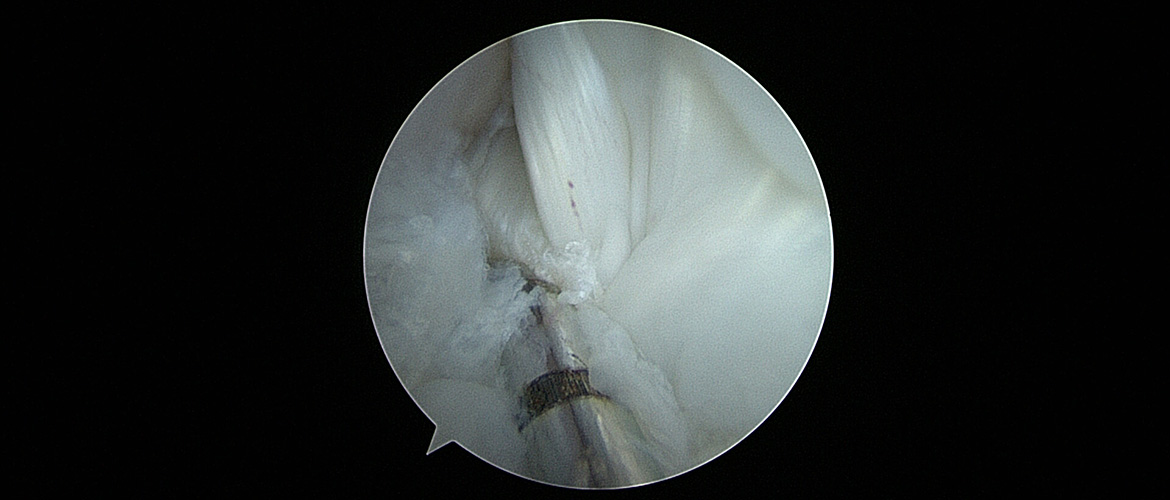
Restoring the canine strut
Friday, February 1, 2019
There can be many causes if your dog is struggling to walk, but one of the most common is cranial cruciate ligament disease.
Many tendons and ligaments provide stability to the canine stifle (knee joint). The cranial cruciate ligament (CCL) provides the same support as the anterior cruciate ligament does in humans.
This ligament prevents forward motion of the tibia (shin bone) and backward motion of the femur (thigh bone) when weight is placed on the limb. If this ligament tears, the femur slides down the back slope of the tibial plateau, transferring weight to the joint capsule and other soft-tissue structures, which causes pain and inflammation.
Ultimately, the ongoing inflammation results in osteoarthritis and persistent, often progressively worsening pelvic limb lameness.
In dogs, the CCL injury is often the result of a slow, subtle degeneration that occurs within the ligament, not the result of trauma to an otherwise healthy ligament. About half of the dogs with a cranial cruciate ligament problem in one knee will eventually develop a similar problem in the other.
Also, in contrast to humans, the skeletal structure of the dog stifle is such that the CCL is under a tremendous mechanical stress even during relatively sedentary activities. Unfortunately, this also means that ligament replacement techniques frequently performed in human patients are not successful in dogs.
Most dogs with a torn CCL are middle-aged or older. However, younger dogs can have a similar injury. Within a few days of sustaining the injury, dogs will slowly begin using the limb with lameness typically worsening over time.
Both partial and complete CCL tears result in joint instability, inflammation, subsequent lameness and gradual arthritic changes. The CCL cannot repair itself while it is bearing any weight, so all CCL tears are considered a surgical condition.
The clinical signs associated with a torn CCL include:
- Stiffness in the limb after lying down
- Lameness in the limb ranging from intermittent lameness to complete non-weight bearing
- Clicking in the knee during motion
Your veterinarian can diagnose rupture of the cranial cruciate ligament with a thorough history and a comprehensive physical examination looking for instability, swelling and secondary arthritic changes.
A specific manipulation during the exam is performed to elicit stifle laxity or cranial drawer motion. This laxity or looseness between the tibia and the femur cannot exist if the cranial crucial ligament is intact.
The presence of cranial drawer is diagnostic for CCL rupture. This manipulation may need to be performed under sedation or anesthesia. Radiographs or x-rays are used to evaluate the knee for signs of arthritis and joint effusion (fluid in the joint) and to help exclude other predisposing or complicating conditions.
A variety of surgical treatments exist. Treatments are recommended based on your pet’s activity level, size, age and conformation, the degree of knee instability and affordability.
The first step for all procedures is to evaluate the stifle joint and examine the CCL, meniscus and cartilage for additional pathology. The medial meniscus can often be injured after CCL rupture. Joint exploration is required to inspect for CCL and meniscal injury.
The damaged portions of the CCL and medial meniscus are excised to reduce further injury and inflammation. Corrective surgery then stabilizes the joint, allowing the limb to function again.
Following CCL surgery, dogs need to be exercise-restricted for several months. Rehabilitative therapy is recommended to help minimize discomfort, improve weight bearing and mitigate muscle atrophy. The prognosis for dogs after surgical correction of a torn CCL is very good to excellent.
